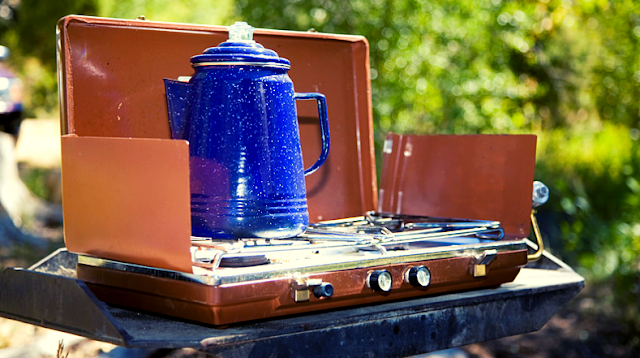Ragnar Benson is one of the most famous preppers ever. And while certain details from Benson's numerous books are dated today (we never had a nuclear war with the Soviets), much of his advice still stands the test of time.
Namely, Ragnar Benson's "Rule Of Threes."
What is this "Rule Of Threes?"
It's the idea that you need a back-up plan for your back-up plan.
If you're planning your emergency food supply, stockpiling canned goods is fine. But what will you do once your canned goods run out? Or if you can't reach your cache?
Maybe you'll try foraging?
But is that your only option?
What about hunting? Or fishing? Do you have those skills as well?
Thinking in threes gives you more alternative routes to achieving your survival goals.
For instance, you'll often see people brush aside essential skills and items - like clean water or medicine.
"I'll just use my water purification tabs, or find a river..."
"I already have a first-aid kit..."
But what if your water purification tabs run out?
Or there's a chemical spill, like what's happening in Ohio?
How will you get fresh water then?
You obviously can't prepare for every possible situation.
But Ragnar Benson's "Rule Of Threes" mindset forces you to be adaptive. When you think in threes, you have to be adaptive and consider setbacks that could have been overlooked or ignored.
Whether you're foraging, gardening, or stockpiling essential items - you need to consider what could go wrong and how you'll deal with it.
Following Ragnar Benson's "Rule Of Threes" concept takes mere minutes.
Yet, it open your eyes to weak points and areas of improvement in your own survival plans.

Comments
Post a Comment